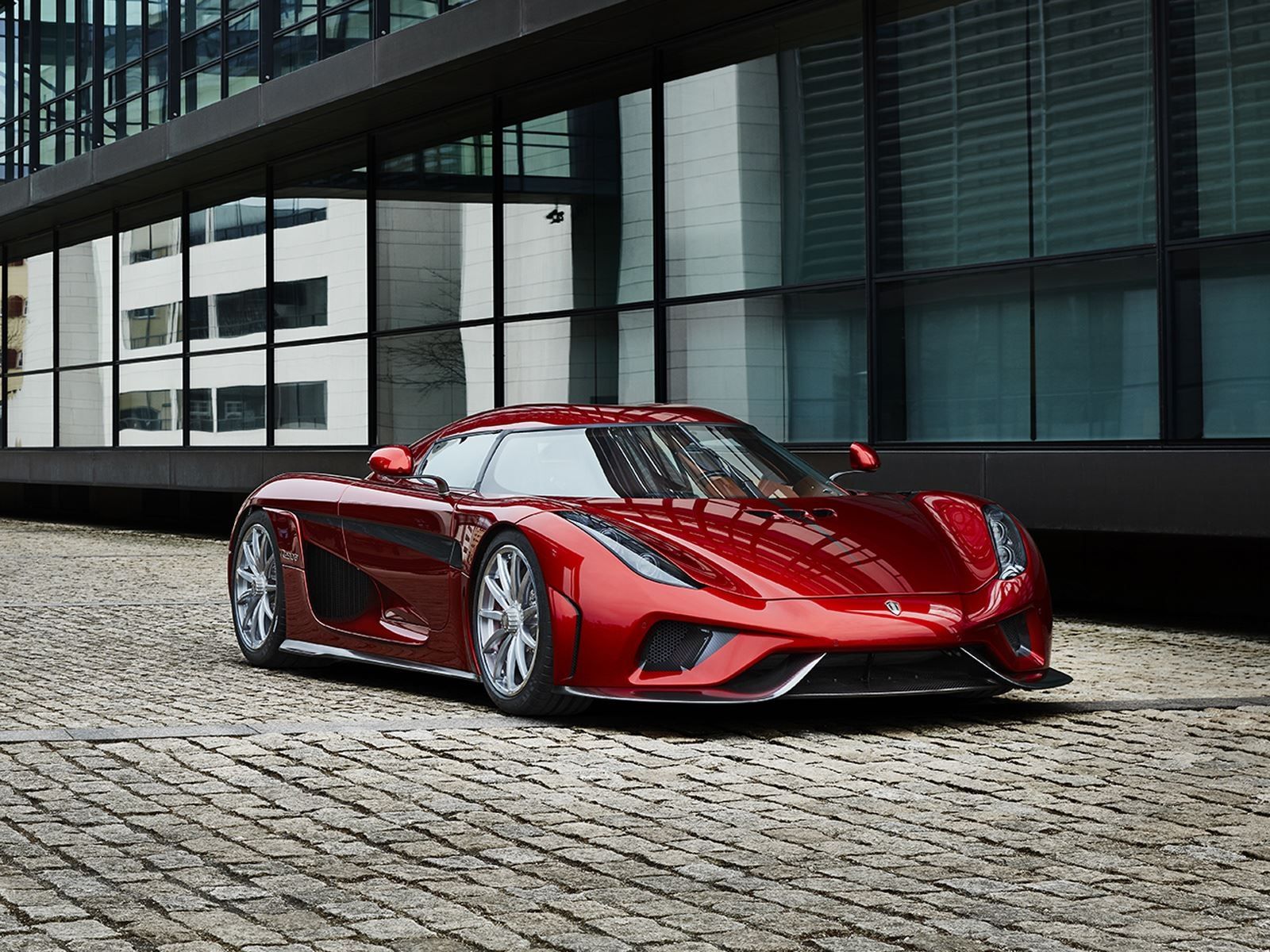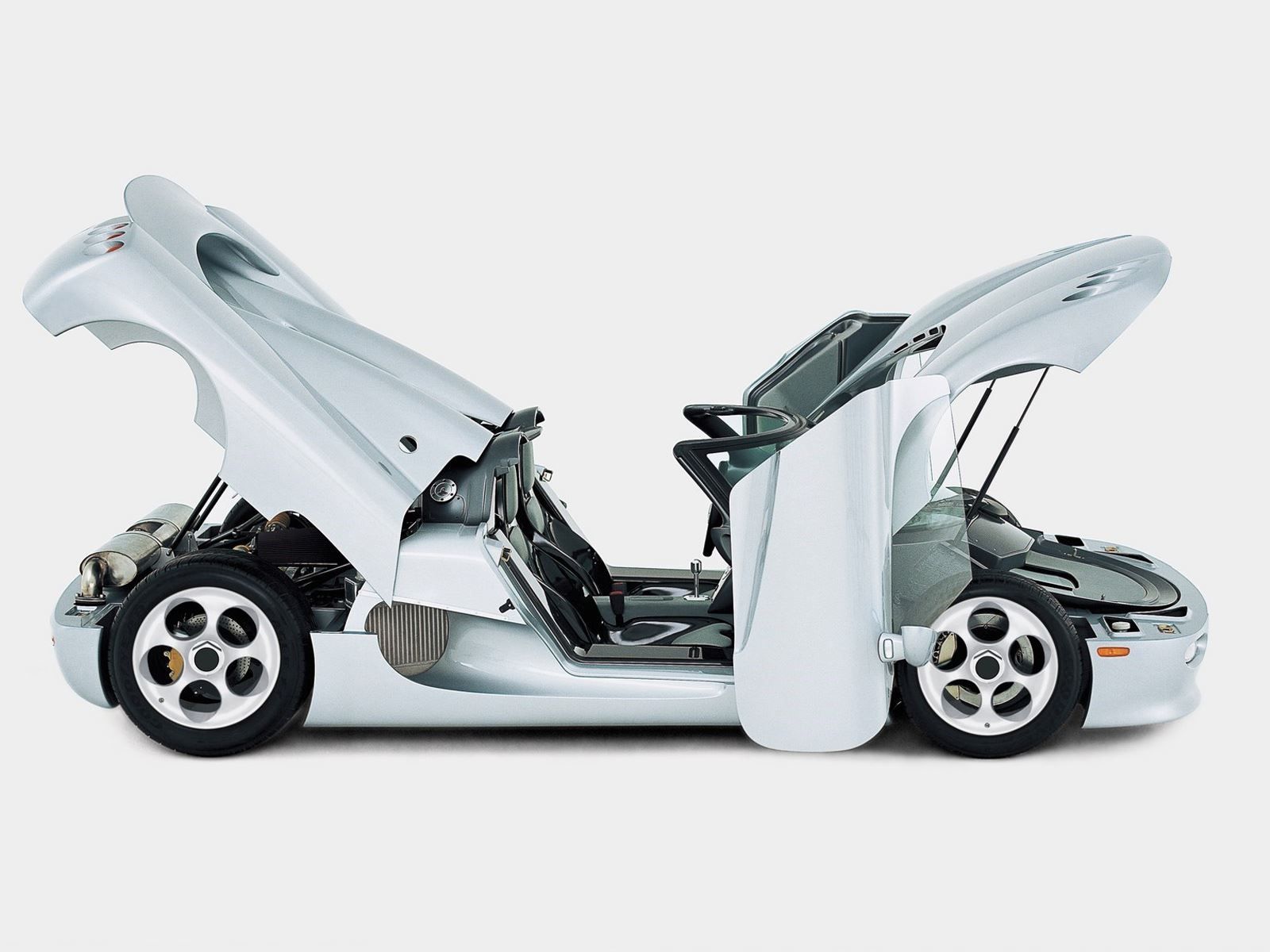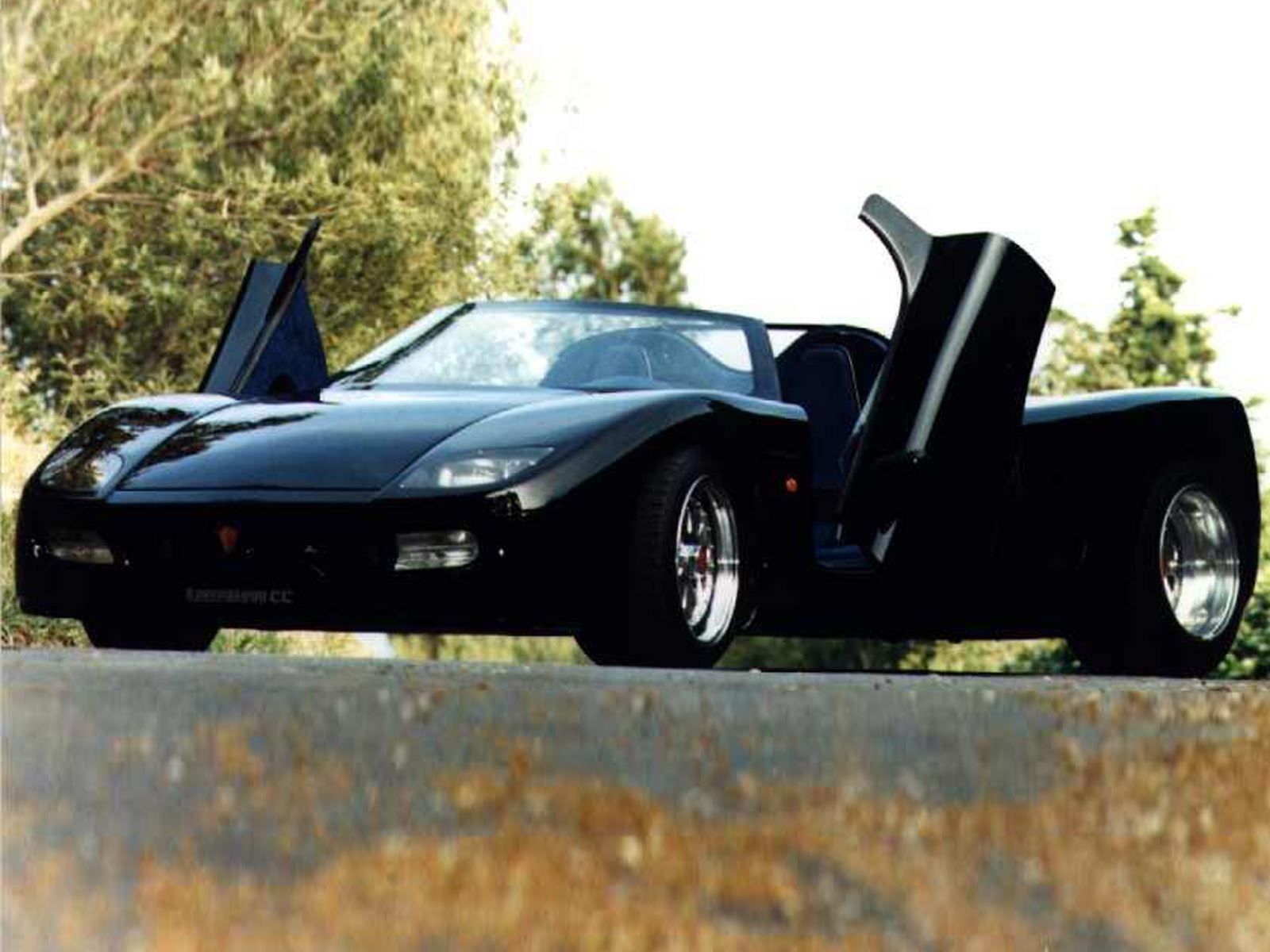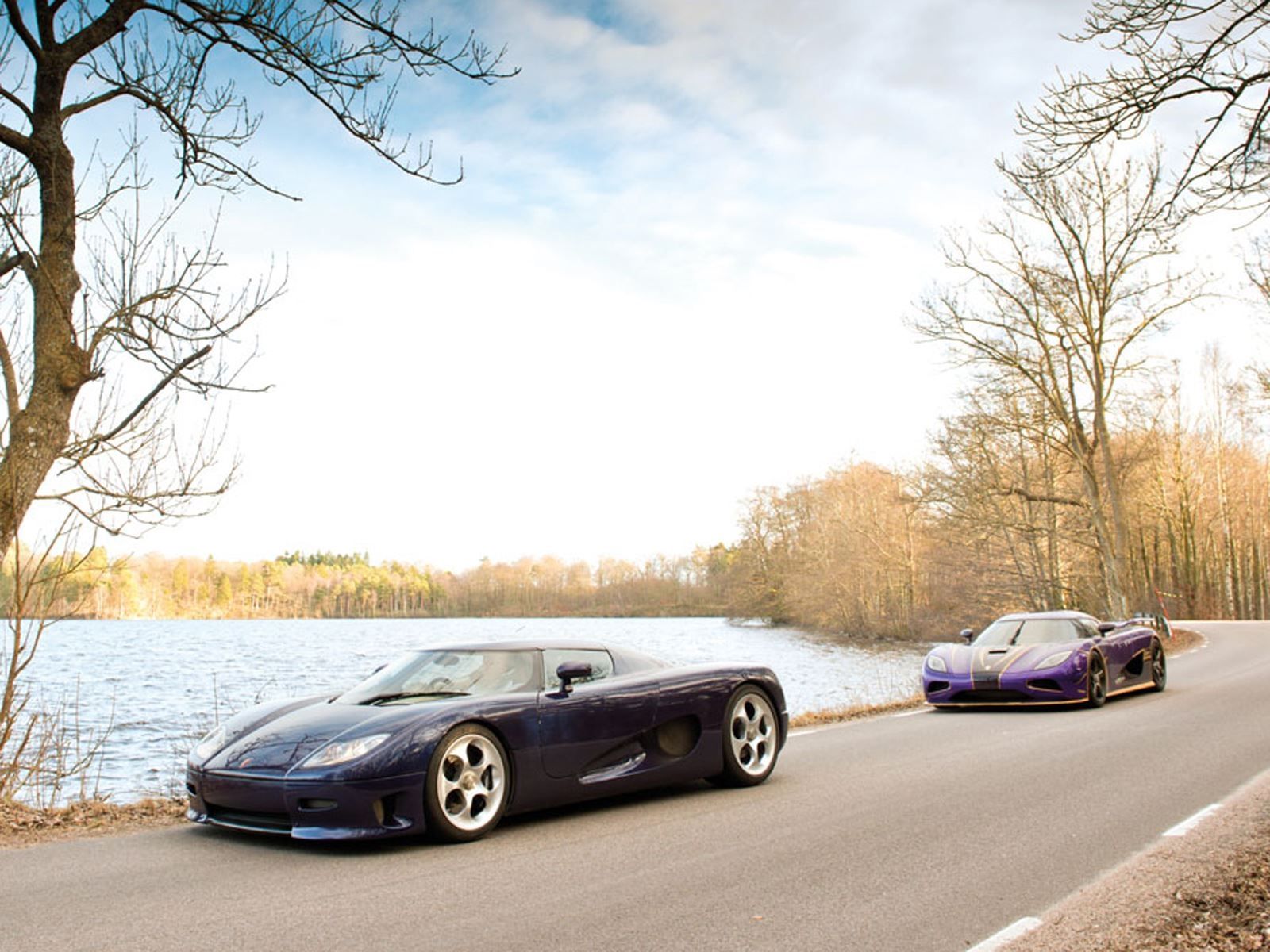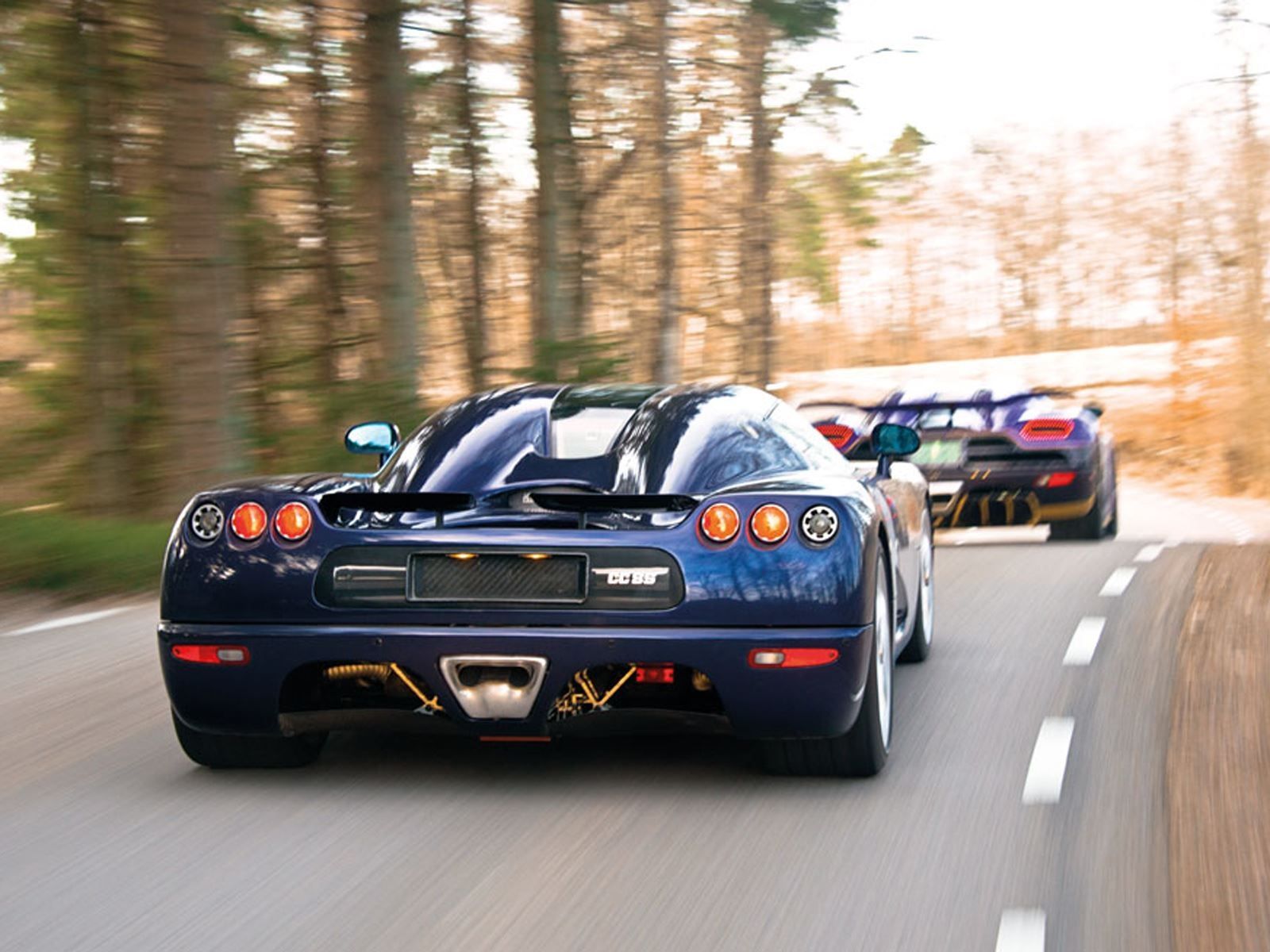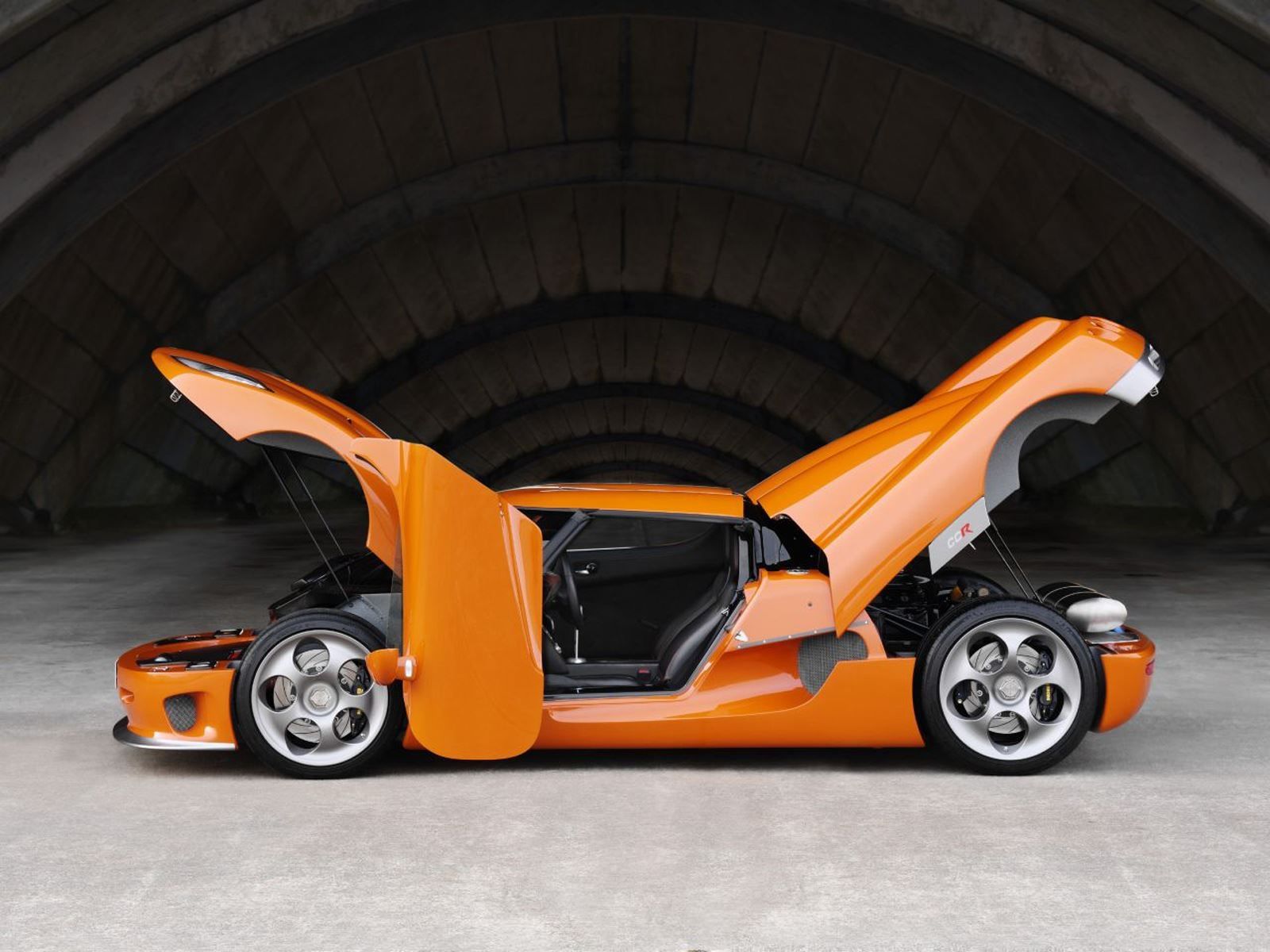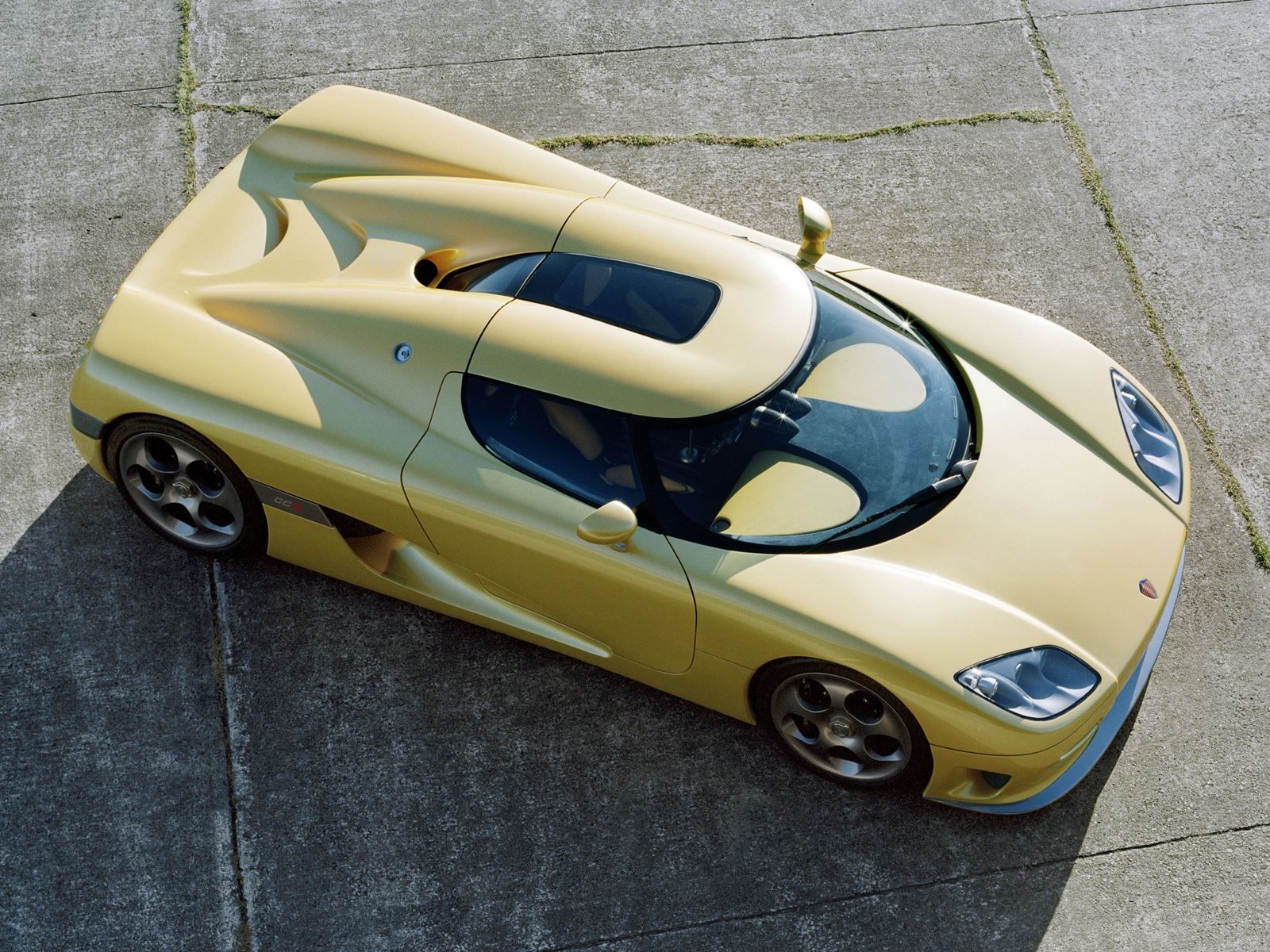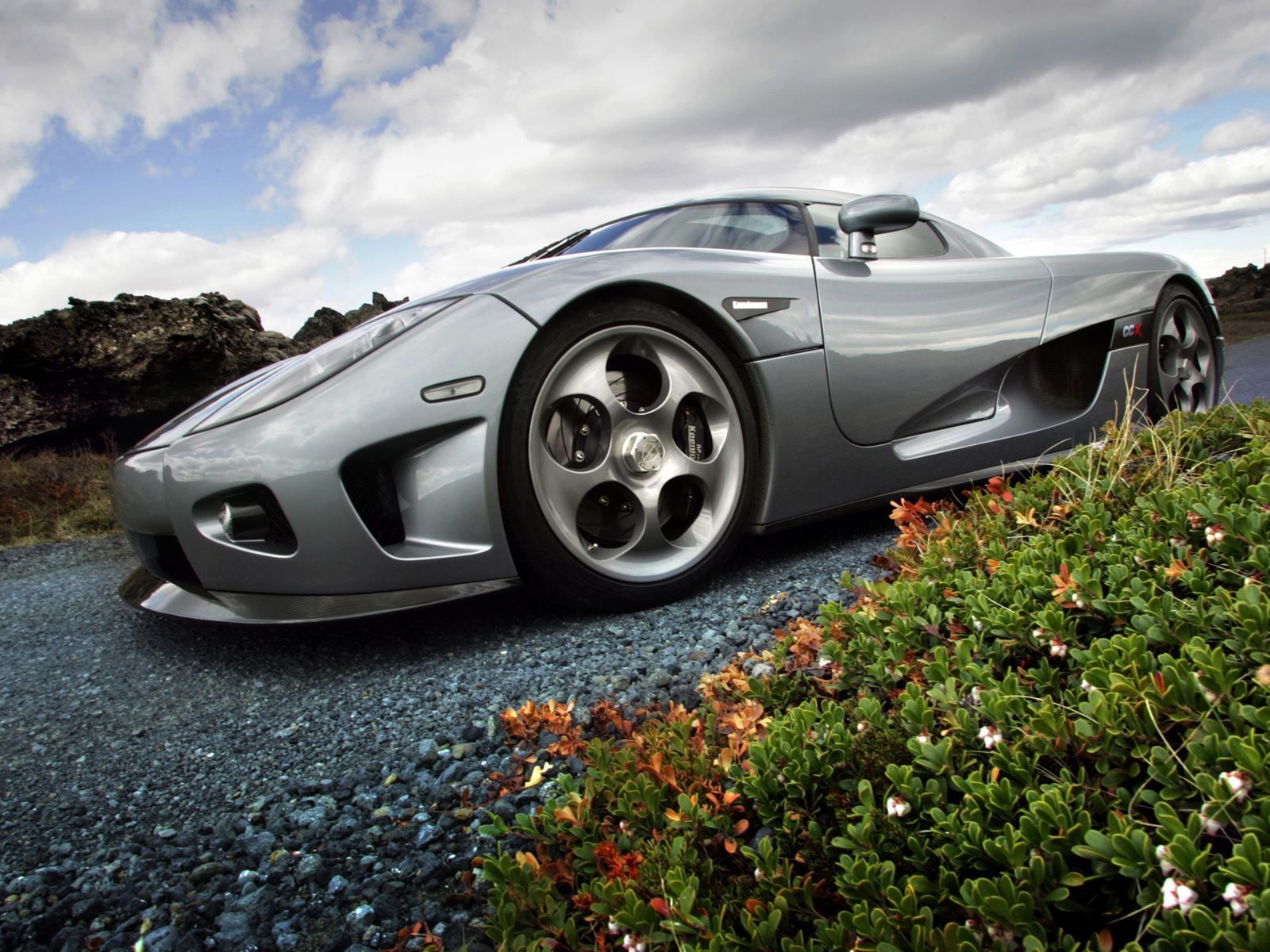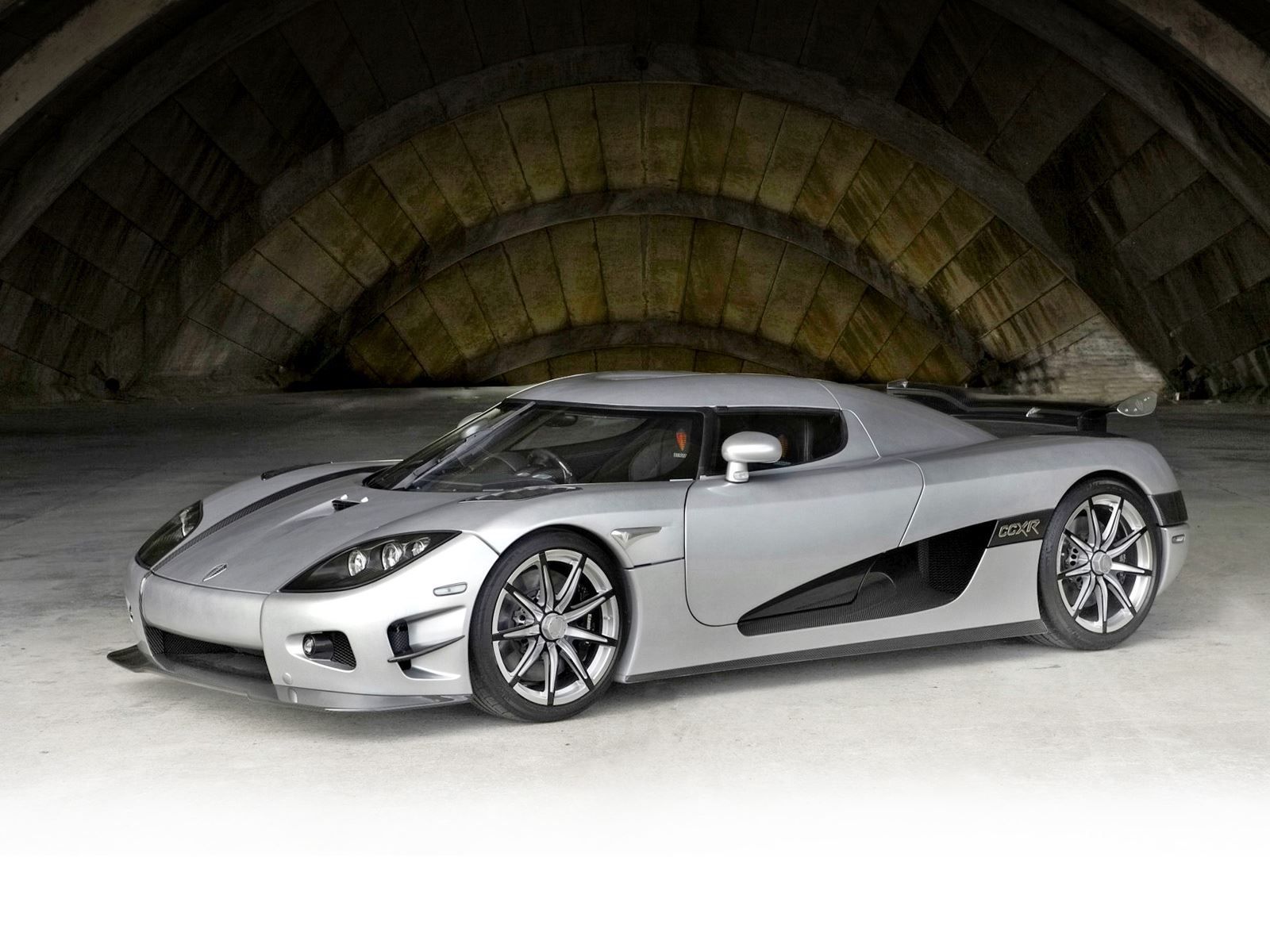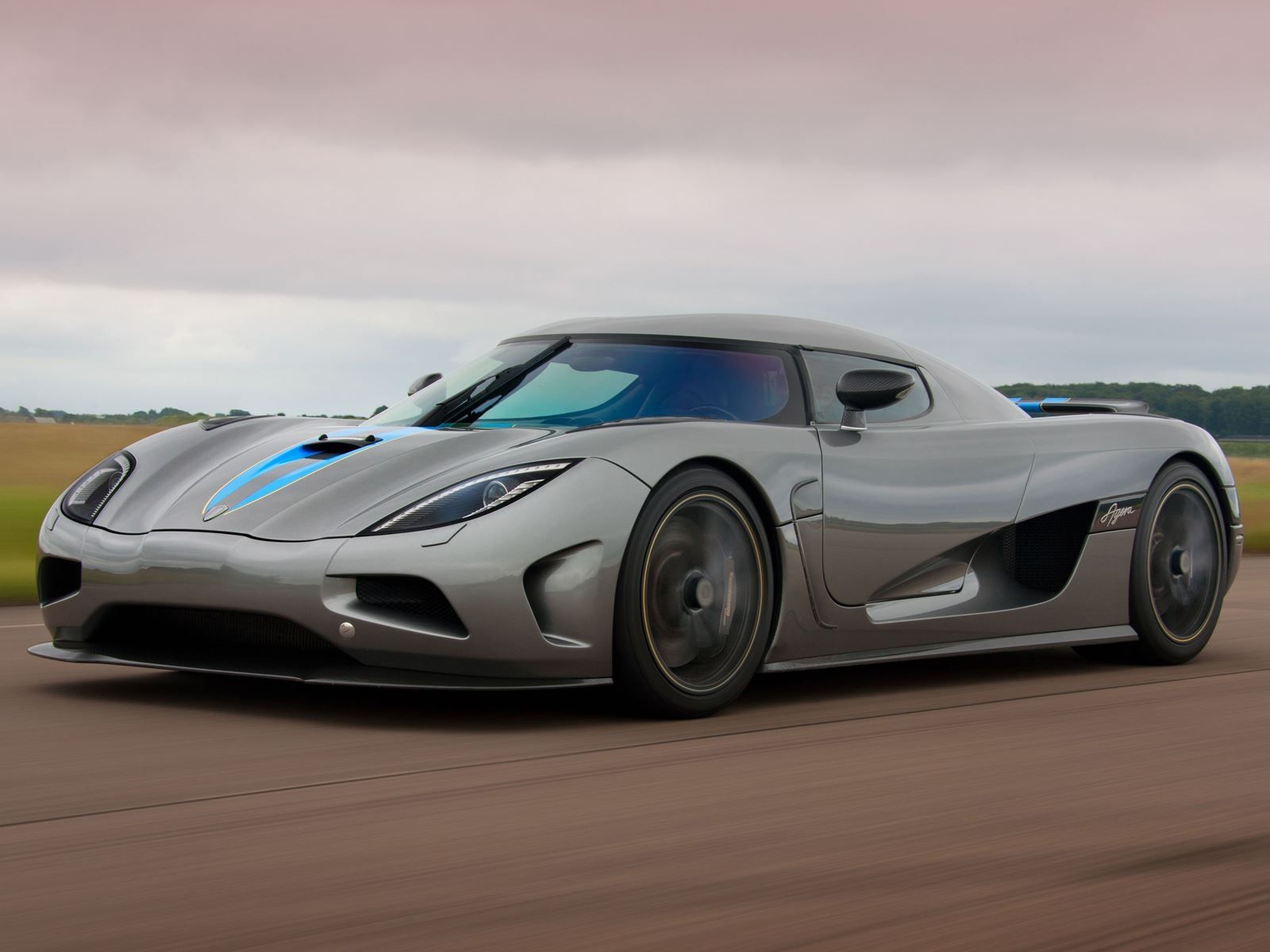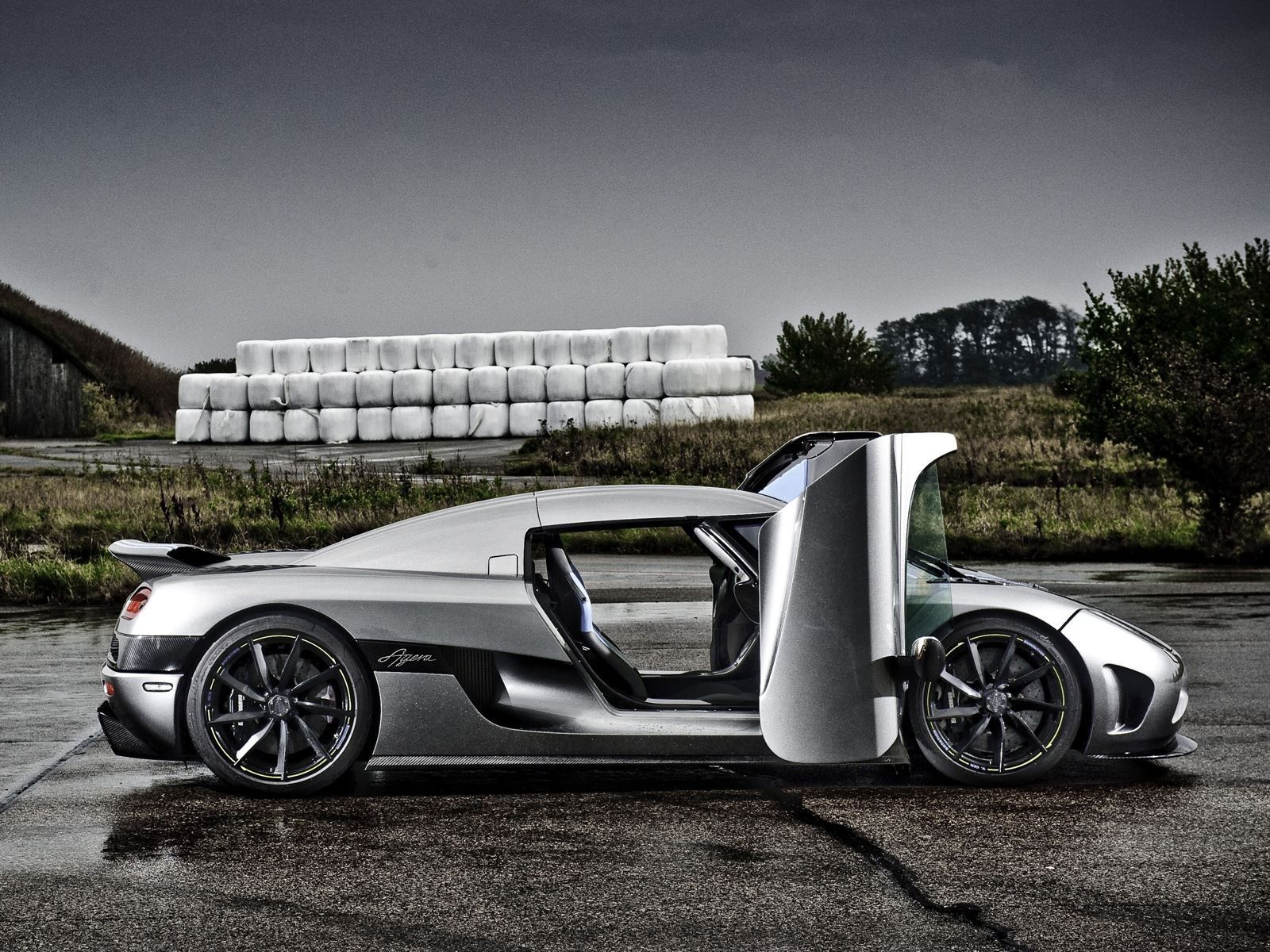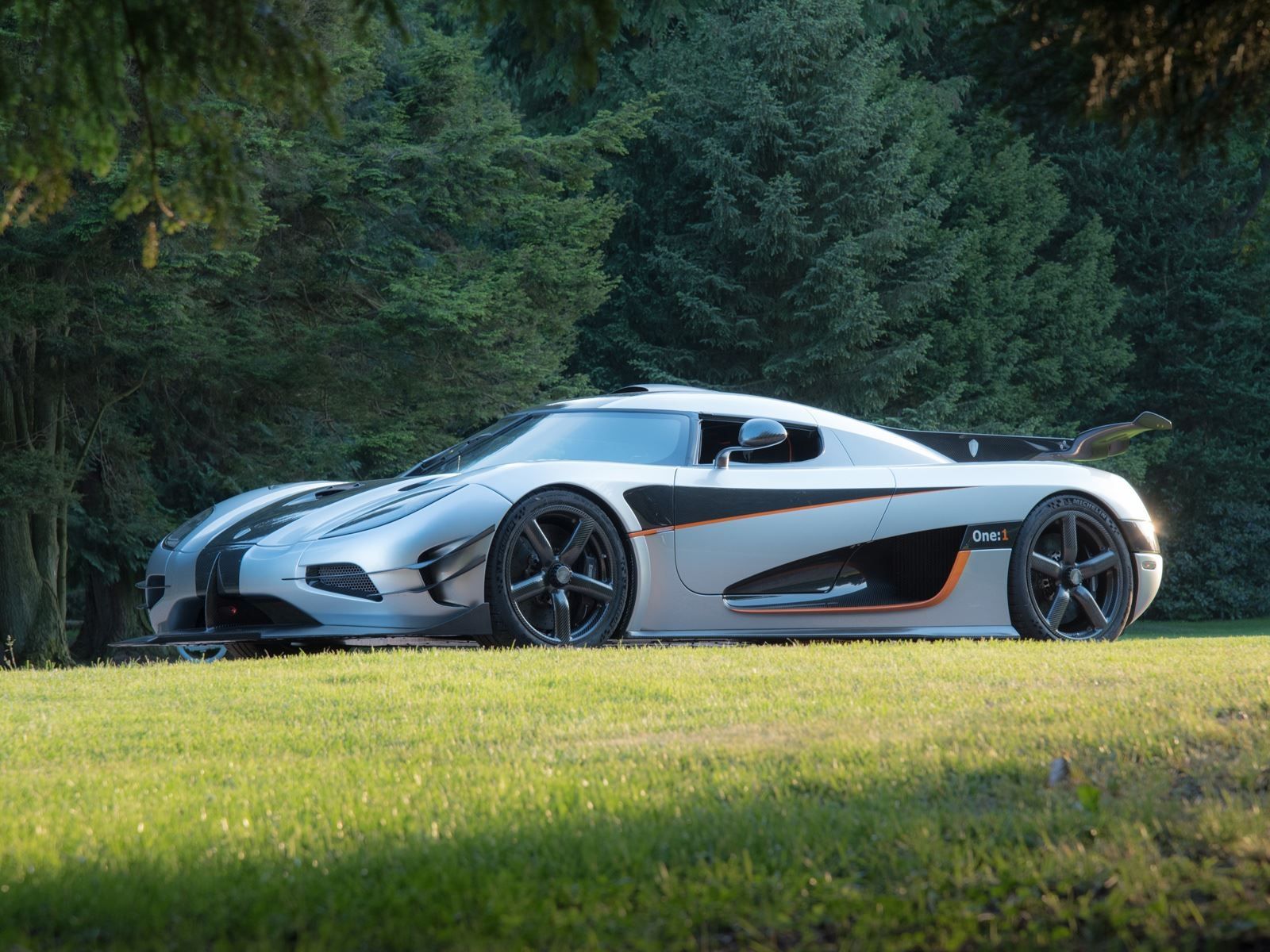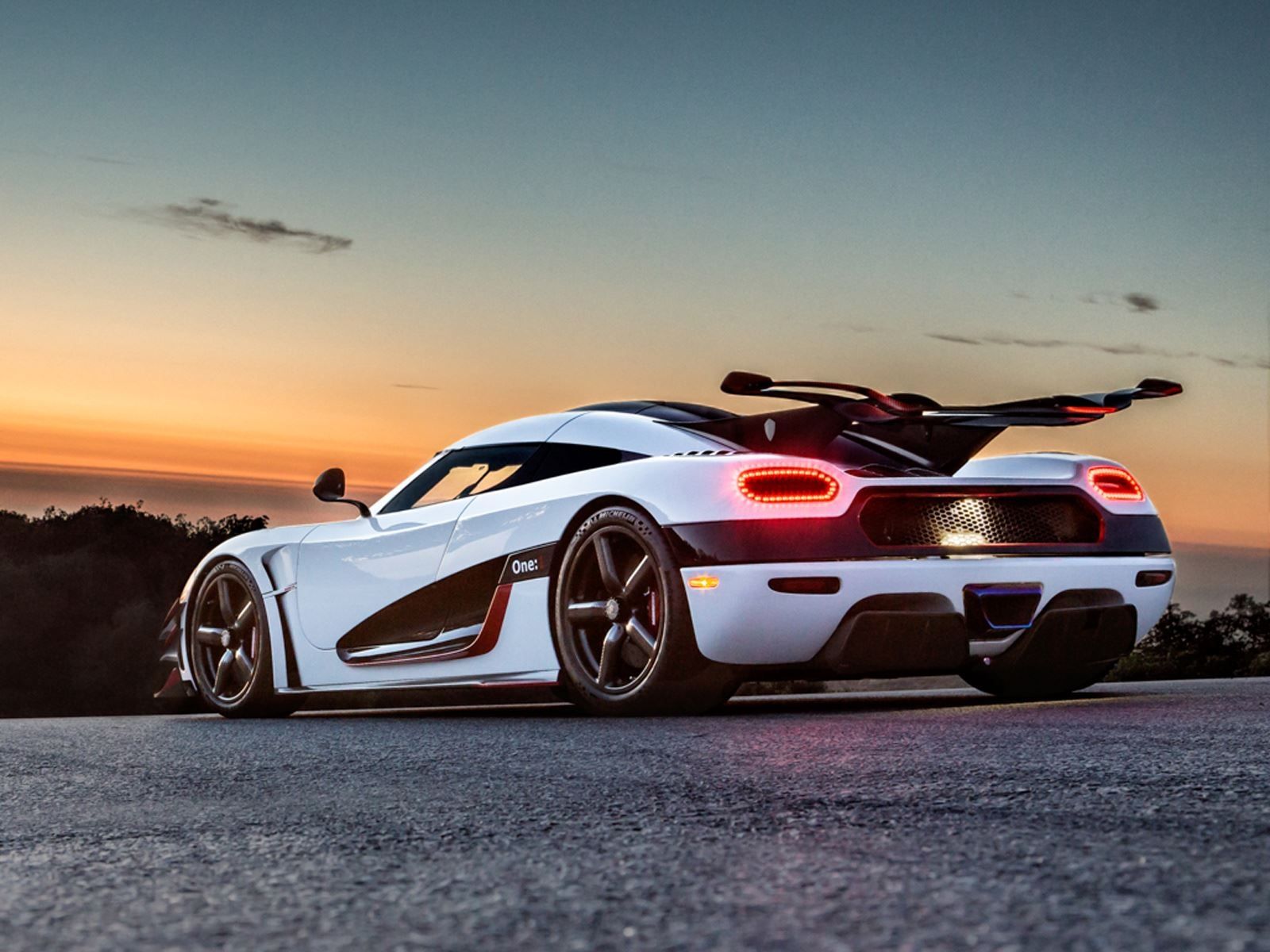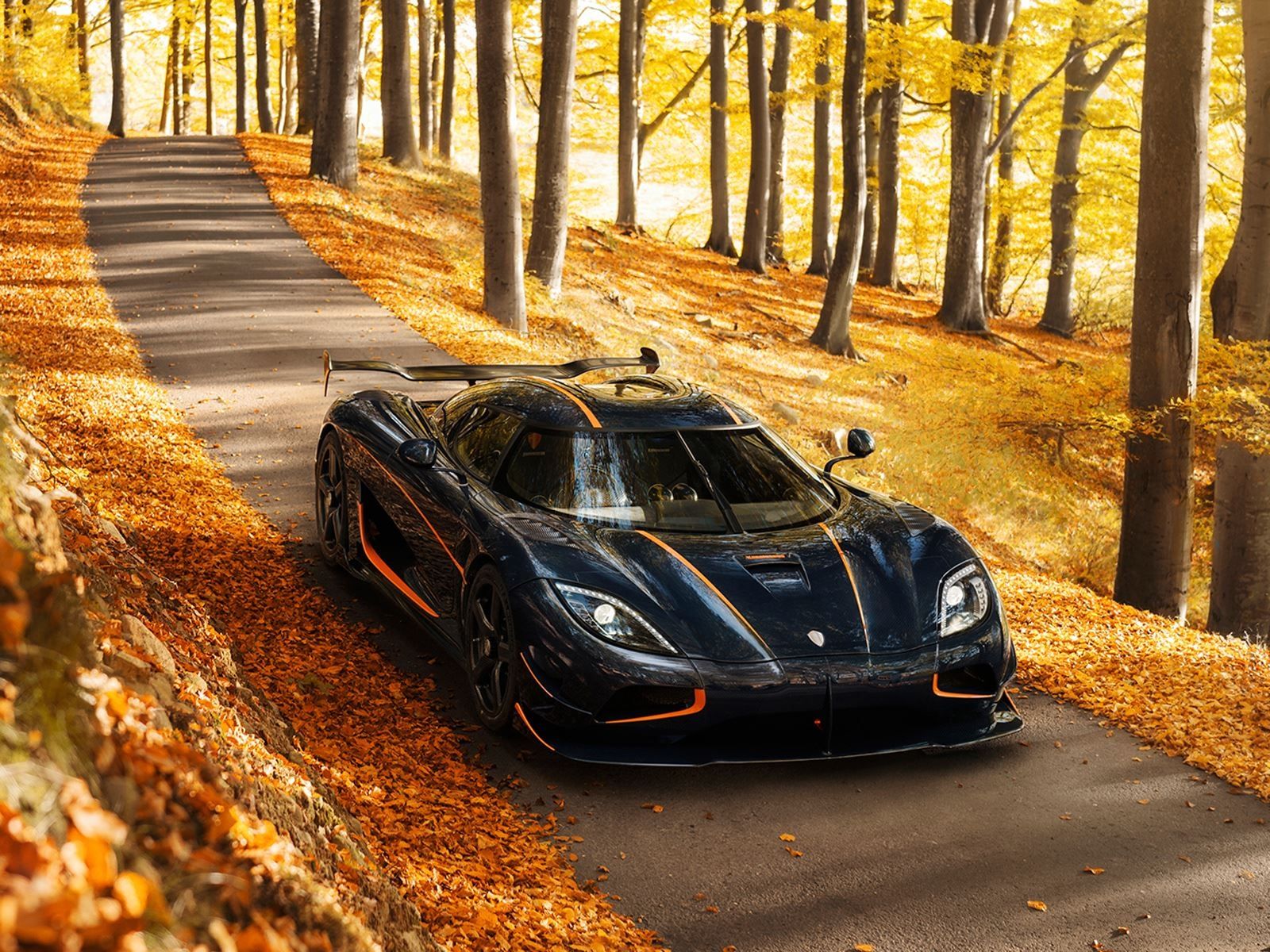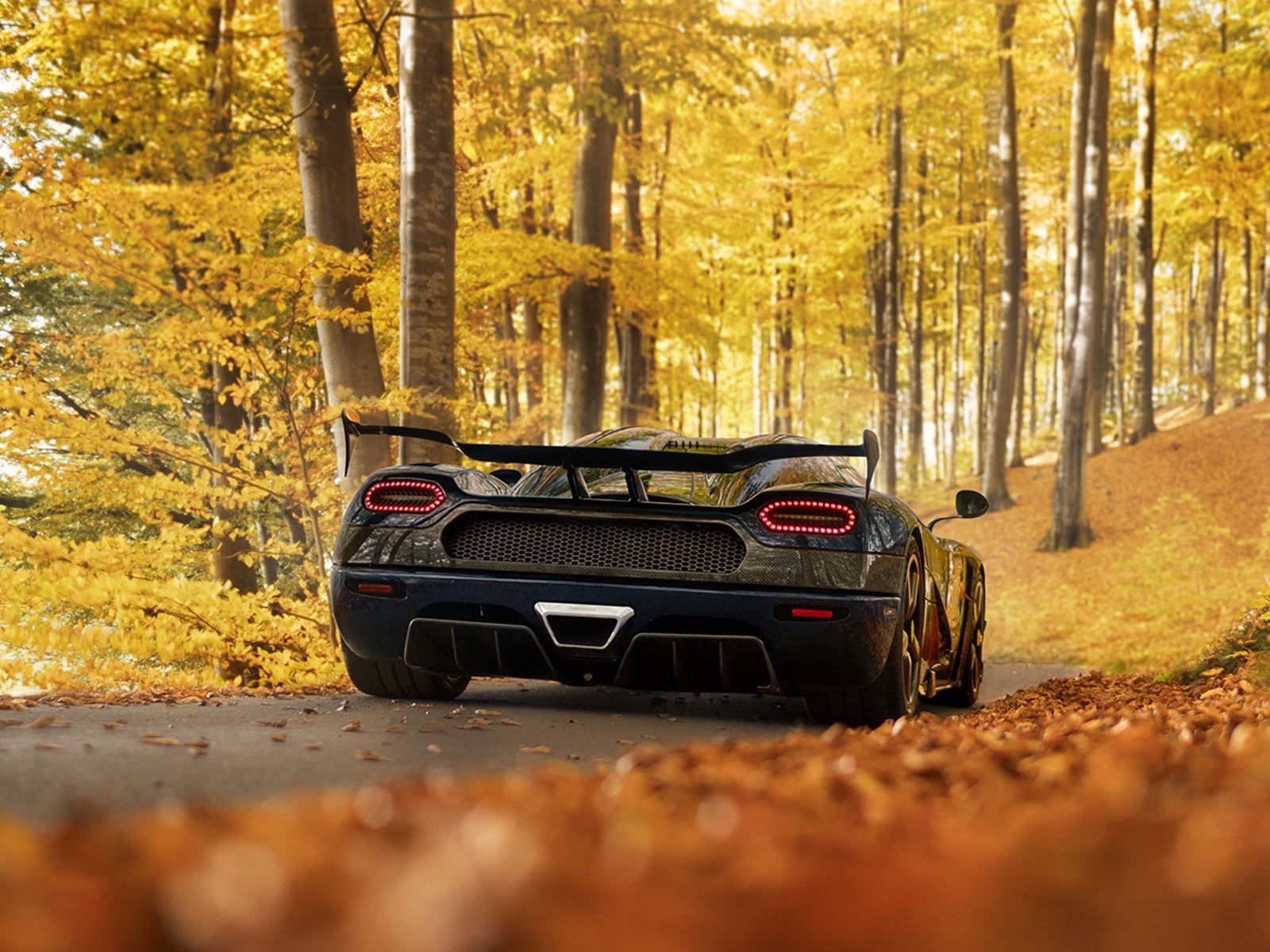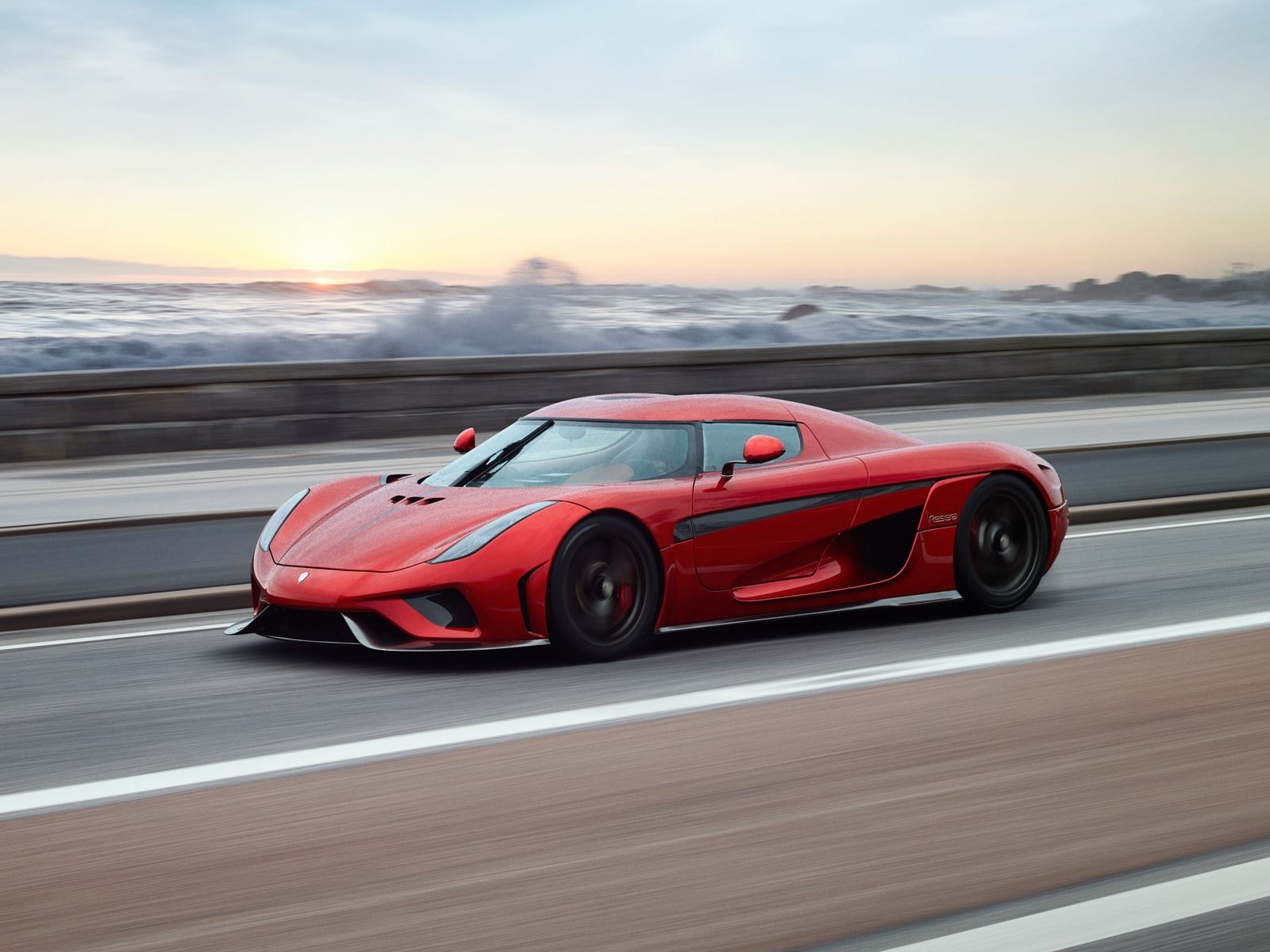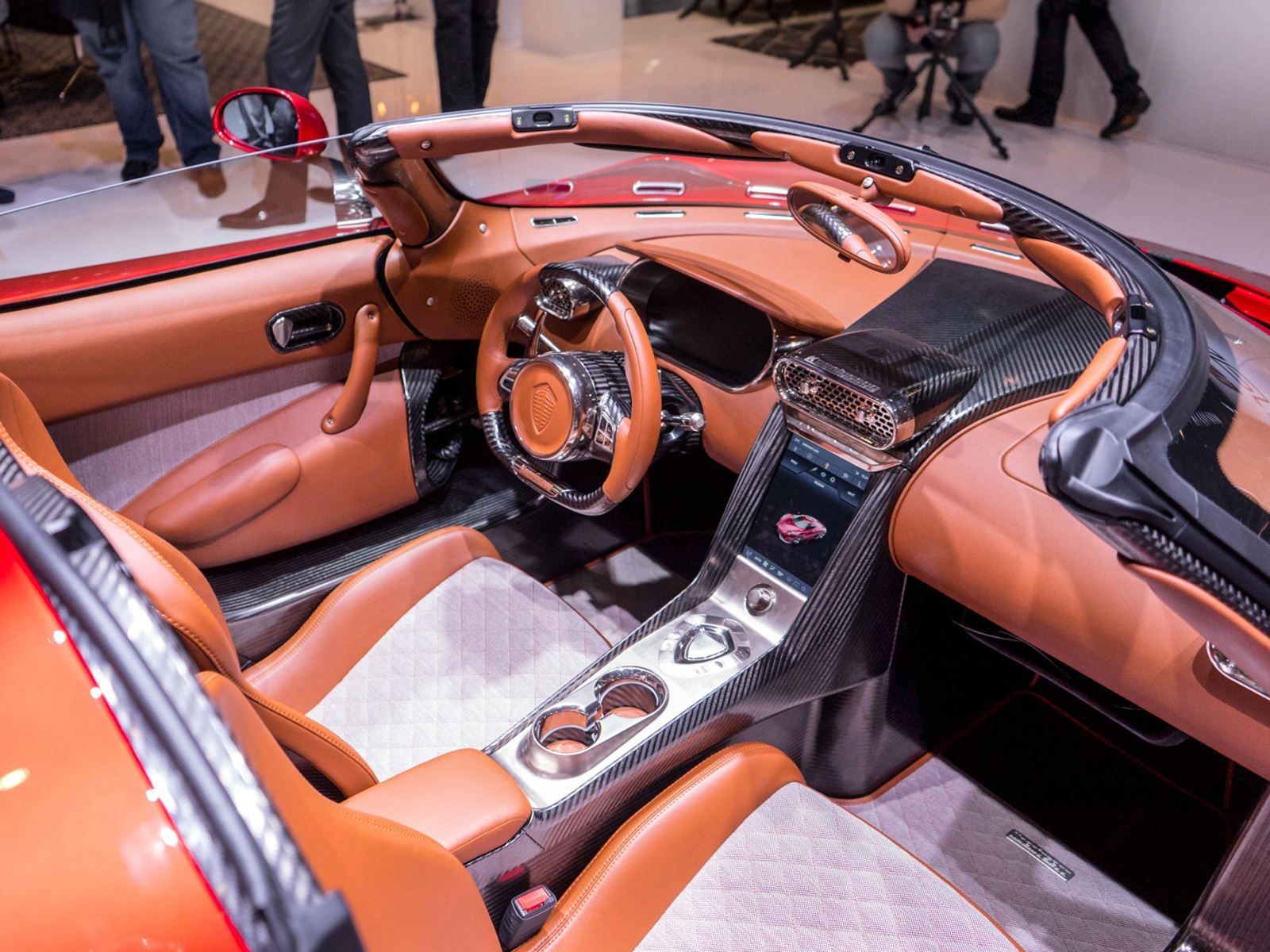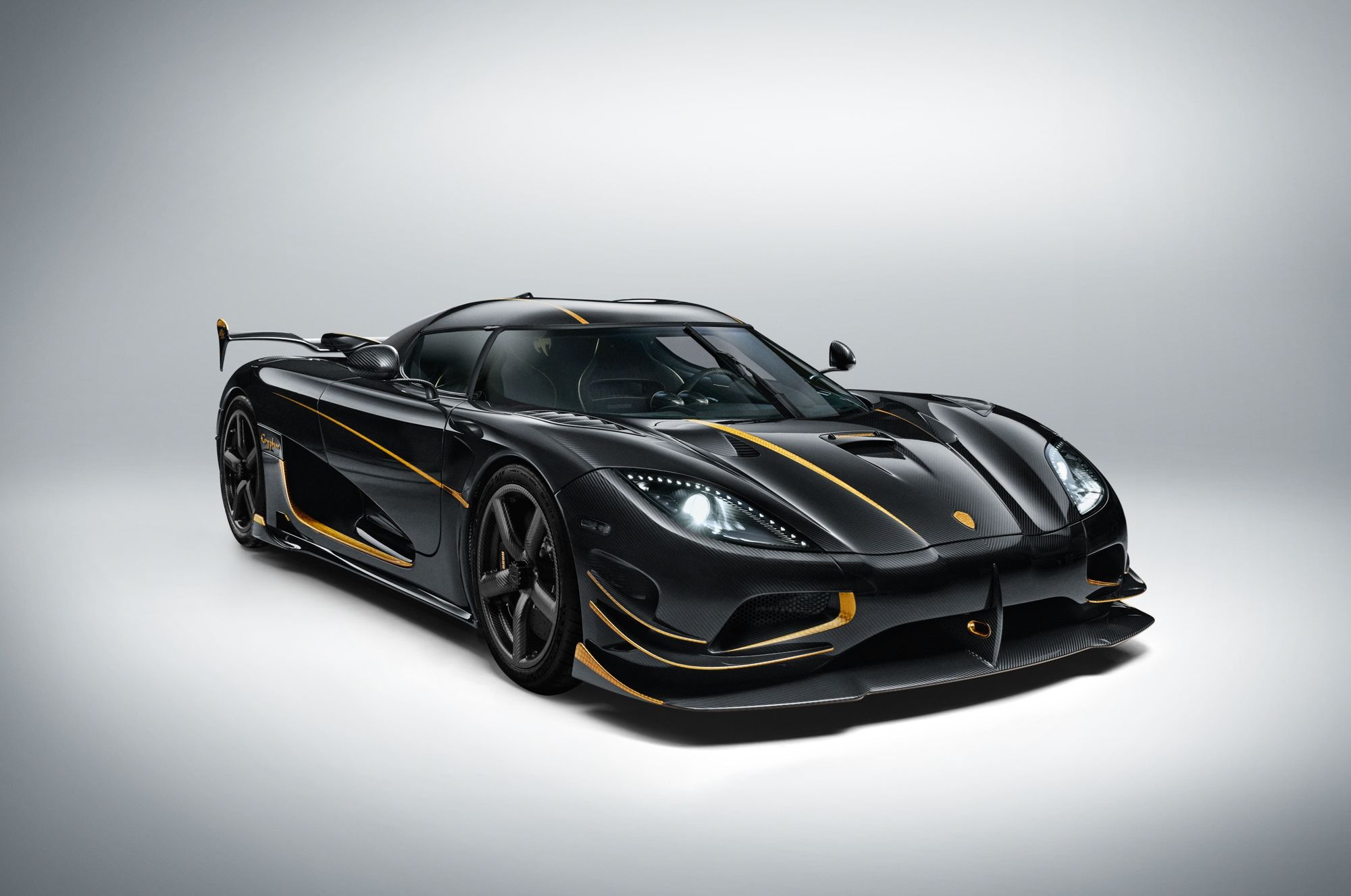
Sweden is known for many things – snow, Ikea, minimalistic architecture, and safety in the form of Volvo. It seems somewhat oxymoronic that the country responsible for the supposedly safest car in the world should also produce something that holds a world record not just for the world's fastest 0-248-0mph dash, but also as the world's fastest production car – beating out Bugatti and Hennessey in the process. But it wasn't always about records for Koenigsegg, and just 30 years ago, the company wasn't even in existence.
It was in 1994 that the 'Koenigsegg project' began development, as what would eventually evolve to become Koenigsegg Automotive AB. But it was long before that, when Christian von Koenigsegg was just a child of 5 years old, that the idea was routed in his mind of building a car. He claims to have watched a stop-motion film titled Flaklypa Grand Prix (or the Pinchcliffe Grand Prix), that tells the story of a bicycle maker who built a racing car. It was the moment the idea planted its seed for Christian. As he got older, he secured a job washing Suzukis at a local dealership, whilst in his spare time he developed a name for himself tuning mopeds – a somewhat serendipitous resemblance to the bicycle builder in the film that inspired him.
But when 1994 came and he launched the Koenigsegg project, it was the beginning of realizing his childhood dream. Designer David Craaford was commissioned to provide a design concept following Koenigsegg's guidelines, and the prototype enabled the official foundation of Koenigsegg Automotive AB. The Koenigsegg CC, though realized by Craaford, was actually based on the hand drawn sketches of Christian himself – and the prototype was finally completed in 1996. The idea behind the CC was a supercar that could exceed all standards set by the McLaren F1 – one intended to go faster than 240 mph.
It wasn't until a change of color from silver to black was made that the dihedral helix doors – now synonymous with Koenigsegg – featured on the CC, by which time testing and development had already proceeded at an unprecedented rate. At the heart of the CC lay an Audi-sourced 4.2-liter V8 engine, tied to an Audi 6-speed manual gearbox. It was fine for the test vehicle, but when it reached production, power of a different sort was needed. In 2002, the production version of the Koenigsegg CC was completed – the CC8S was the first production ready Koenigsegg, just eight years after the project had been conceptualized.
Koenigsegg equipped the CC8S with a twin-turbocharged version of the 4.7-liter modular Ford V8 engine and a 6-speed manual transmission. For 2002, the outputs were nothing short of spectacular, sitting at 646 horsepower and 550 lb-ft of torque, sent solely to the rear wheels. Though performance figures were only estimated – Koenigsegg estimated 0-62 mph took less than 3.5 seconds, whilst Christian had achieved his goal for top speed by reaching the 240 mph mark. The CC8S was an important vehicle – not just as the first production Koenigsegg, but as the first to show that a startup brand could pull off something so successful on their first attempt.
Additionally, it featured all manner of unique abilities, like storage of the targa-style roof panels in the trunk, and Kevlar reinforced carbon fiber body panels and chassis to reduce weight and improve rigidity. The CC8S was an engineering masterpiece. In 1997, Koenigsegg had moved from its original base to a new one outside of Angelholm, Sweden. But disaster struck in 2003 when one of its facilities caught fire, prompting the move to an air force base nearby, which has become the test facility ever since. It was at this new home that Christian von Koenigsegg happened upon a ghost symbol that had adorned the jets of fighter pilots based there.
As a nod to the history of the base, every Koenigsegg that came out of the factory after that point would feature the ghost logo. The CC8S was replaced by the CCR, which was in turn replaced by the 2006 CCX. It was an important vehicle for the brand if for no other reason than it introduced the world to the first in-house engineered and built Koenigsegg engine – a 4.7-liter twin supercharged V8 that generated 795 hp and 679 lb-ft. Koenigsegg wasn't playing around. Special editions generated more power and torque, with the CCXR Trevita breaking the 1000 hp mark by 4 horses, and featuring 797 lb-ft.
From this moment on, things would not be the same for Koenigsegg, as he pursued advanced technologies, lightweight construction, and immense power. But he still wanted the vehicles to be safe and usable, engineering stability control systems that could manage immense power and speed, and developing trick suspension systems that could handle immense cornering forces whilst maintaining high levels of comfort and control. The 2011 Agera took these philosophies another step forward, featuring a newly developed 5.0-liter twin turbo V8 that started off with 927 hp.
The Agera developed a reputation as an incredible hypercar that was as at home on a track as it was on the street, with each model made to the bespoke specification of its owner. Much like the CCX before it, the Agera would go through numerous iterations and special editions, until it reached boiling point with the Agera One:1 (Pronounced One to One). The One:1 was touted as the world's first megacar – generating one megawatt of power (1000 kW/1,341 hp) and boasting a perfect 1:1 power to weight ratio. The limited edition model used innovations like weakening carbon fiber for the sake of active aerodynamics to achieve immense theoretical performance figures, enough to take down the Bugatti Veyron Super Sport.
In November 2017, an Agera RS equipped with the Megawatt power package was put to the test – after the US-based buyer demanded that Koenigsegg prove the performance ability of the car. A two-way speed run on a closed section of American road yielded a two-way average of 277.9mph – while in a straight line the Agera RS reached an insane 284.55 mph, redefining the limits of speed. It was a fitting way of seeing out production of the Agera. So what next for Koenigsegg then? Well as we wait for the Agera's replacement, we've already had a glimpse of Koenigsegg's new hyper-GT, the Regera.
Directly translating to mean 'to rule,' the Regera debuted new innovations like Koenigsegg Direct Drive – eliminating a gearbox and driving the wheels at speed directly proportionate to the engine speed. It's been thinking like this, with Christian questioning the need for 7 gear ratios when only one is ever used at a time that has led Koenigsegg to the pinnacle of the hypercar realm. In a day and age where at every motor show we see new start-ups with the next 2000 hp mega-machine, it's hard to believe any of them will stand the test of time. Yet in 1994, armed with a few design sketches and a single-minded focus, Christian von Koenigsegg managed to turn Koenigsegg Automotive AB from a humble start-up to a brand that would utterly dominate the hypercar elite.

